After the heyday of calligraphy in the Tang Dynasty, during the Five Dynasties and Ten Kingdoms period, due to social There was turmoil and frequent wars. Many classic Dharma texts by famous scholars were lost or damaged during this period, and the world of calligraphy was not as bright as it was in the Tang Dynasty. This situation of "interruption" of calligraphy directly led to the malaise of the calligraphy world in the early Song Dynasty.
But from the perspective of the overall development stage of calligraphy, the Five Dynasties and Ten Kingdoms are important stages from the Tang Dynasty to the Song Dynasty. In the dark night where old and new come together, calligrapher Yang Ningshi shines like a bright star, making people unable to take their eyes away.
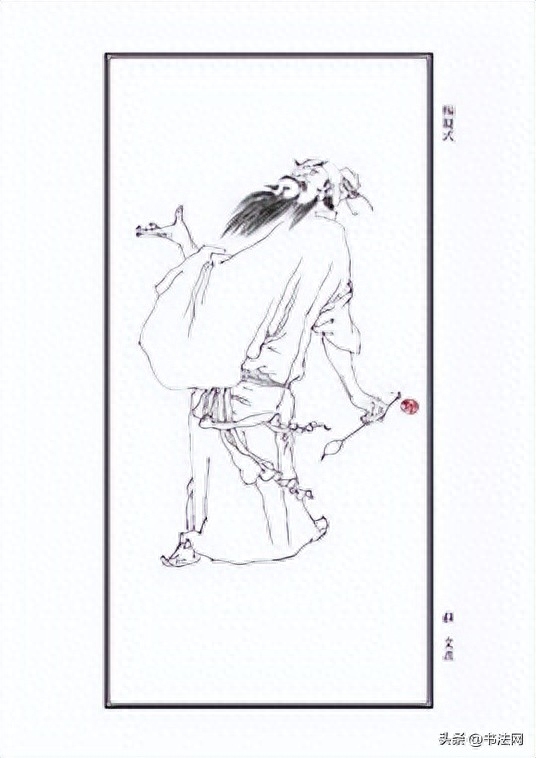
Yang Ningshi (873-954) was a native of the Ten Kingdoms in the late Tang Dynasty and Five Dynasties. His courtesy name was Jingdu and his alias was Guisi. He was a native of Huayin County, Huazhou (now a native of Huayin, Shaanxi Province). Because of his arrogant temperament, he was nicknamed "Yang Feng (Crazy) Zi".
Because he lived in the Five Dynasties and Ten Kingdoms and did not like paper books, Yang Ningshi left very little calligraphy ink, and his reputation and strength were seriously inconsistent. Among the few works he left behind, the most outstanding one is "Leek Flower Tie".
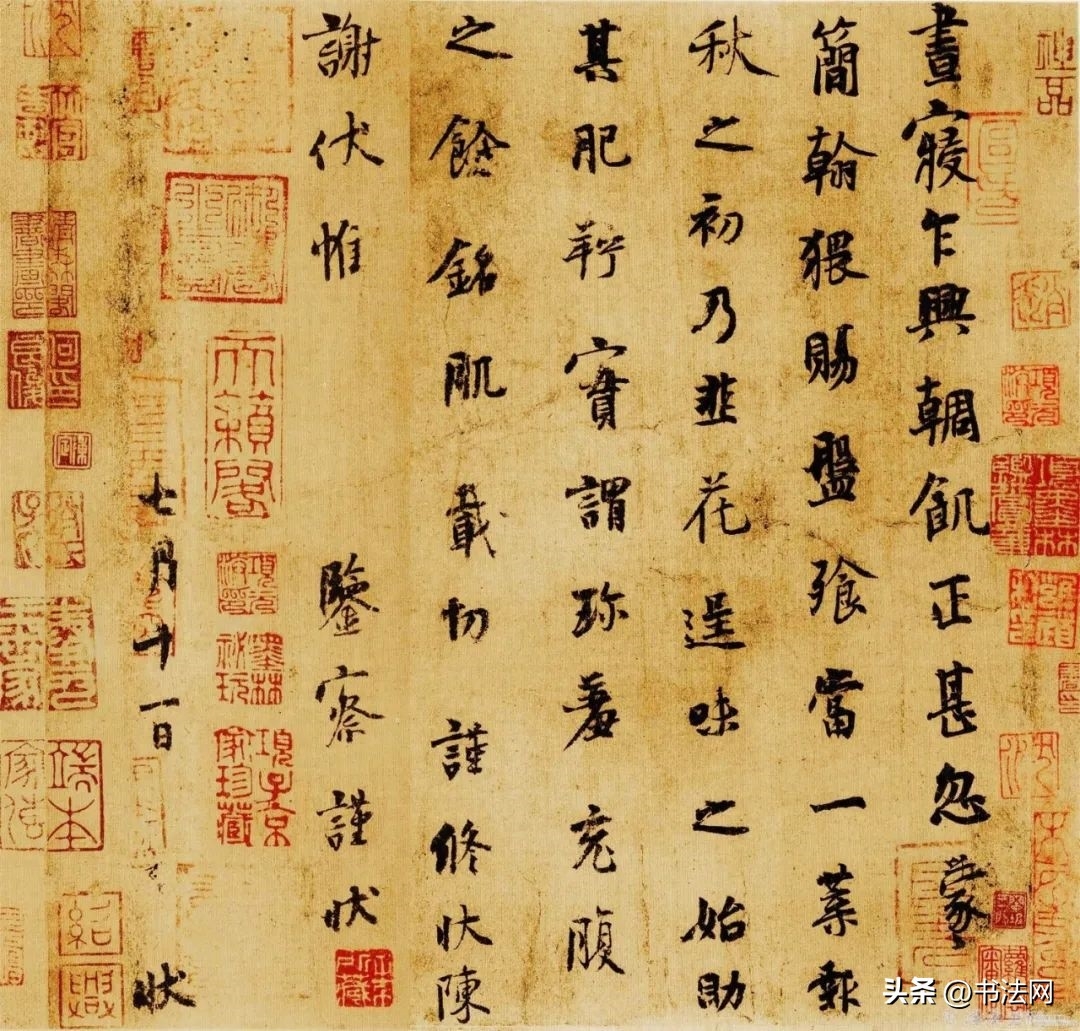
"Leek Flower Calligraphy" ranks as the "fifth largest running script in the world" in the entire history of calligraphy, and is also known as the 2.0 version of "Lanting Preface".
During the Five Dynasties and Ten Kingdoms period, frequent wars did not destroy the world's firm belief in Wang Xizhi's calligraphy. Instead, they made them want to cling to Wang Xizhi's big tree in order to find out more in the chaotic torrent of history. Get a foothold.
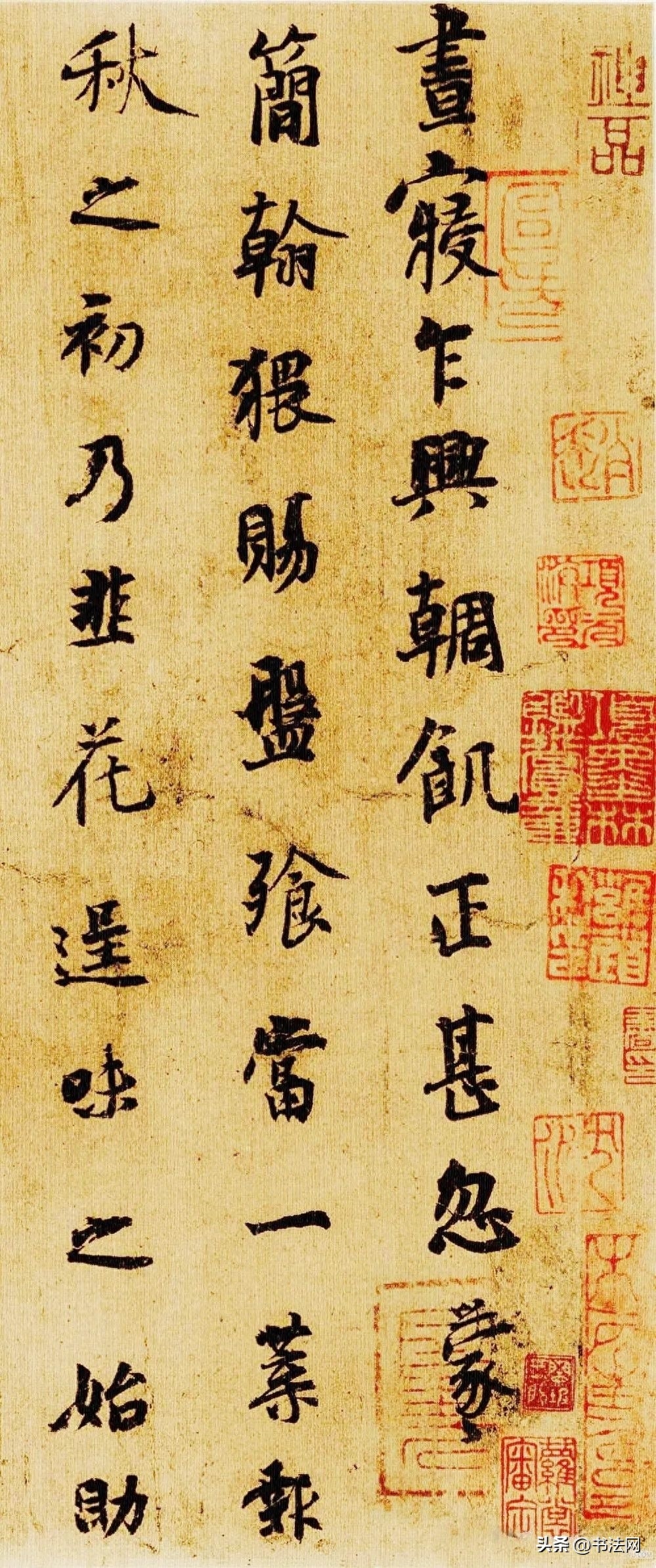
This "Leek Flower Tie" combines the inner and outer brushwork, with vivid stipples, beautiful structure, and a tight and airtight structure.
A tightly integrated text structure like this will not lose its power even if it is enlarged ten times, and the subtleties can even be discovered. Enlarging a work is also a touchstone for testing the true height of a work.
Different from the rigorous and precise structure of the text, the compositional layout of "Leek Flower Tie" is quite comfortable. This generous and generous compositional layout is inspired by the scattered arrangement of ancient Chinese characters such as oracle bone inscriptions, bronze inscriptions, and official scripts. To a considerable extent, it also adds the style of the Wei and Jin Dynasties to this work.
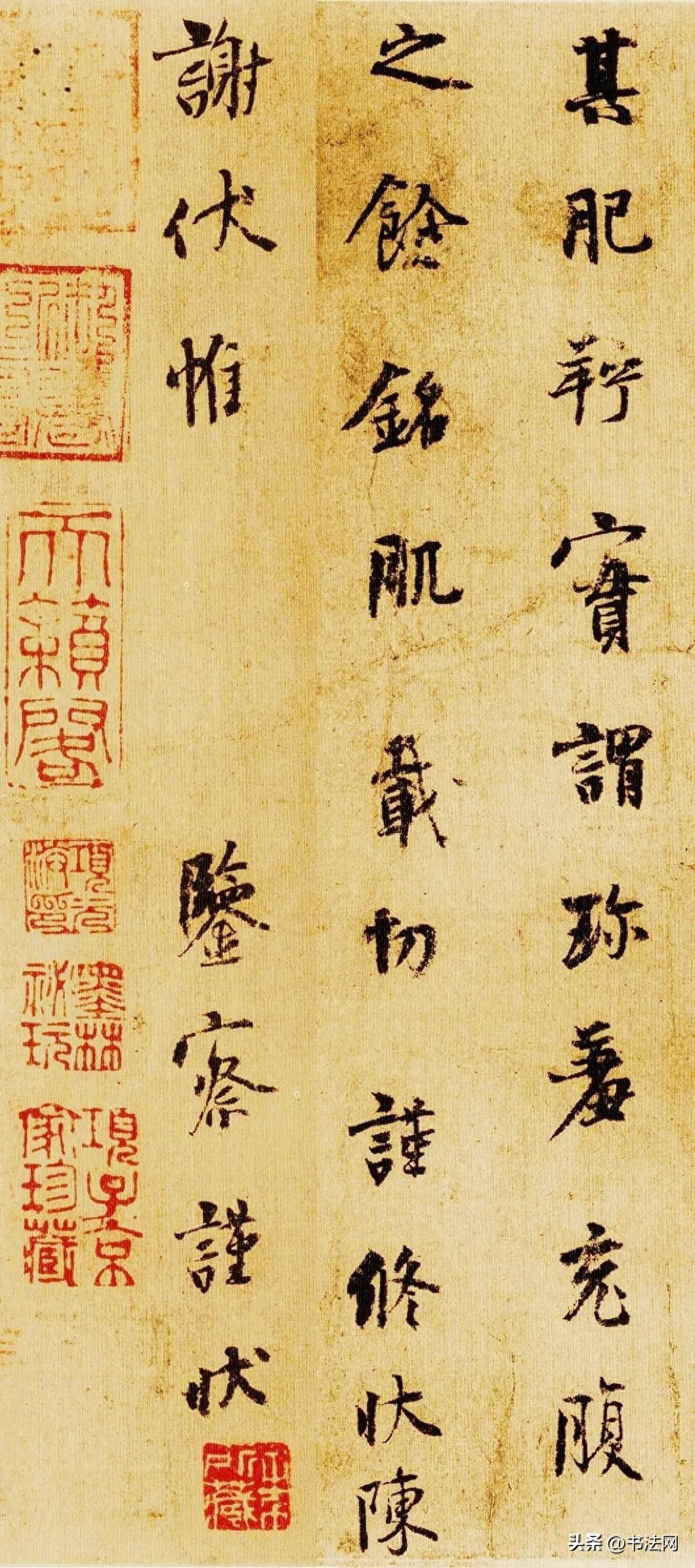
From the overall style, "Leek Flower Tie" is dignified and elegant, showing the subtle and implicit style of the Wei and Jin Dynasties. However, if you look closely between the characters, you will see that the strokes are not as peaceful as they appear. Instead, they express Yang Ningshi’s personal aloofness and unruliness, as well as the swords and swords of the Five Dynasties and Ten Kingdoms. This is the Song Dynasty’s interest. dawn.
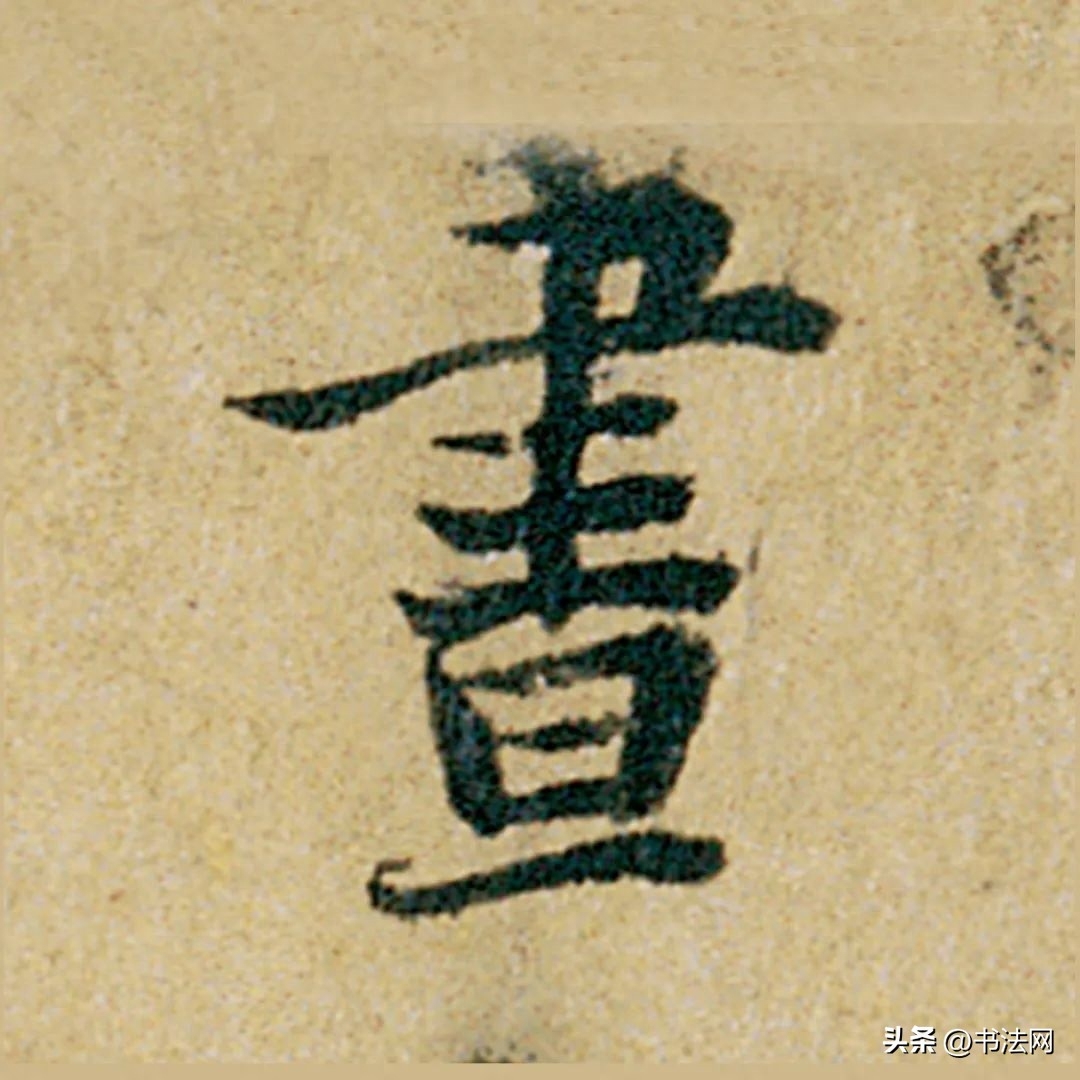
Huang Tingjian left this poem for Yang Ningshi: "Everyone in the world has studied the "Preface to Orchid Pavilion" and wants to exchange it for the golden elixir of mortal bones. Who knows that Yang Fengzi of Luoyang changed his writing to black silk columns."
"Black silk column" originally refers to the black silk column border on plain paper. This is a pun, representing Wang Xizhi's Wei and Jin Dynasty style. In this poem, Huang Tingjian highly praised Yang Ningshi's calligraphy achievements.
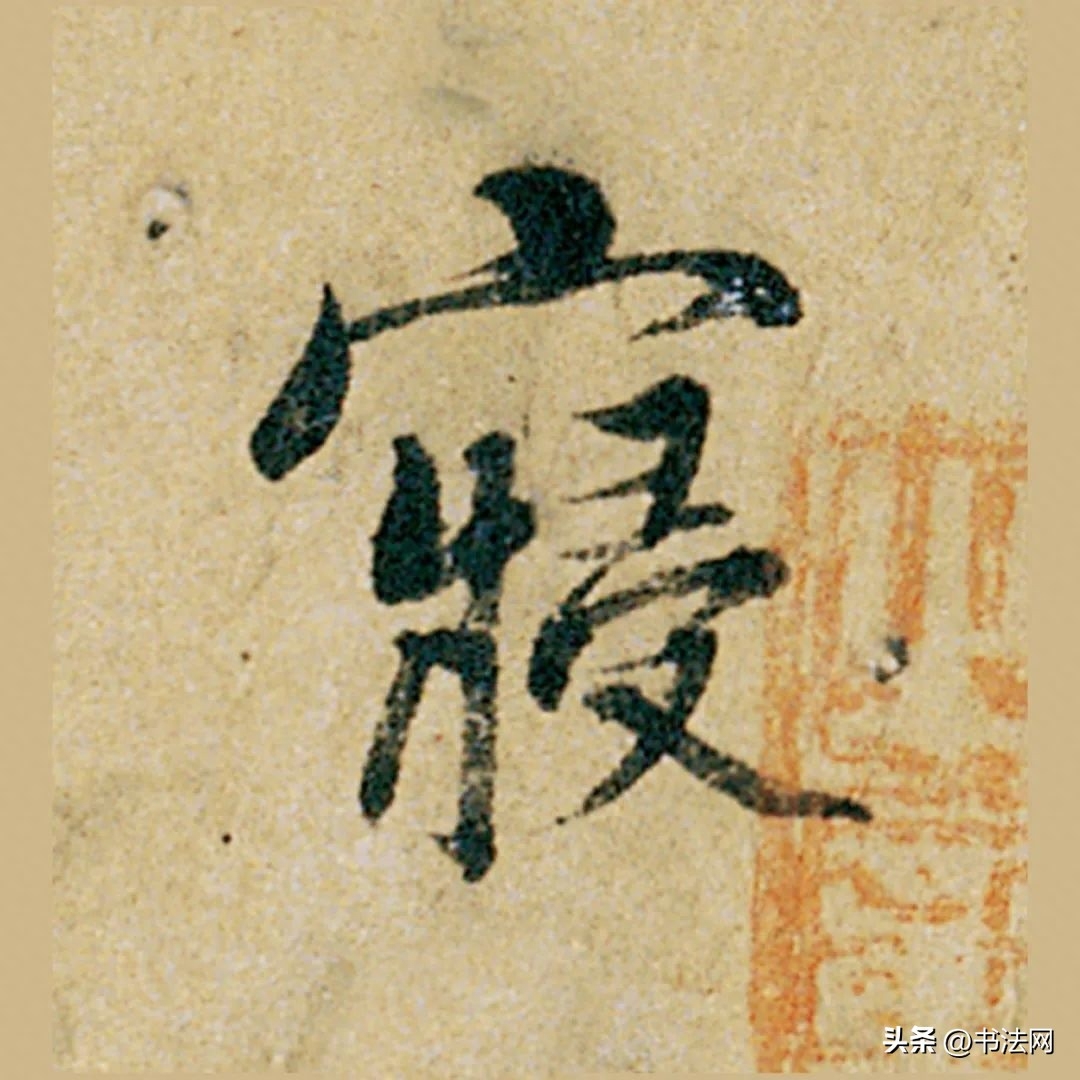
Yang Ningshi is the bridge between the Tang Dynasty and the Song Dynasty. His "Leek Flower Tie" should not be called version 2.0 of "Lanting Preface". It is not an exaggeration to say it is an upgraded version of "Lanting Preface".
Articles are uploaded by users and are for non-commercial browsing only. Posted by: Lomu, please indicate the source: https://www.daogebangong.com/en/articles/detail/shan-xi-yi-feng-zi-shu-fa-jia-xie-xia-lan-ting-xu-2-ban-ben-fang-da-10-bei-geng-hao-kan.html

 支付宝扫一扫
支付宝扫一扫 
评论列表(196条)
测试